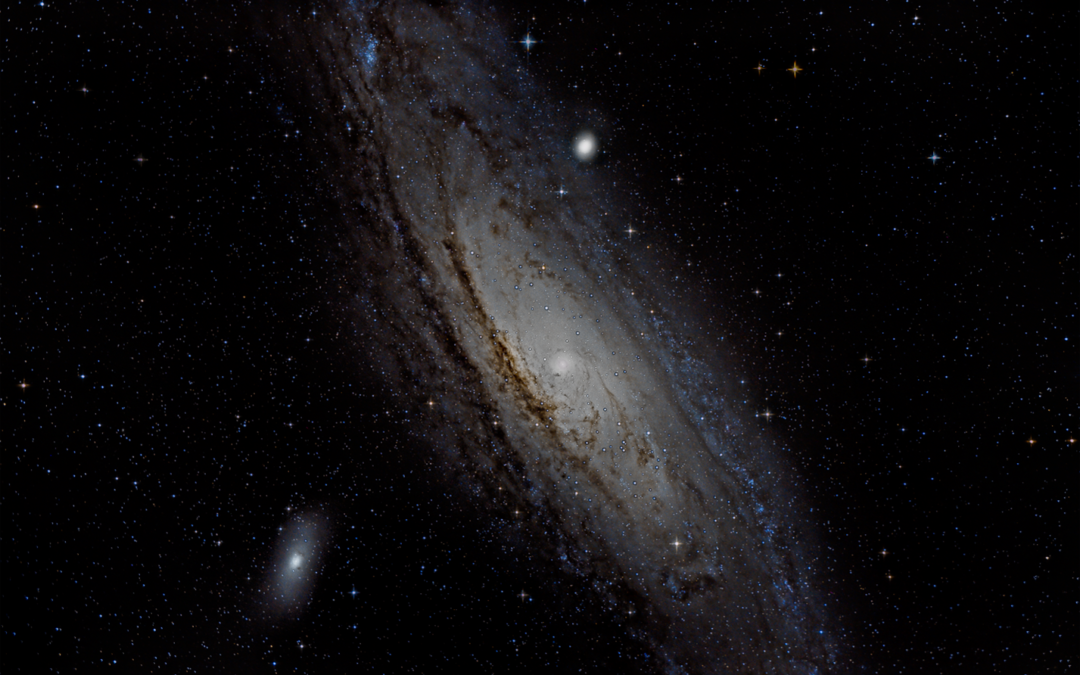“And God made the two great lights—the greater light to rule the day and the lesser light to rule the night—and the stars. And God set them in the expanse of the heavens to give light on the earth, to rule over the day and over the night, and to separate the light from the darkness. And God saw that it was good.”
Our Solar System is incomprehensibly large. Writing the numbers is easy; understanding them is not. Using Pluto’s orbit as perimeter (Pluto: still a planet in my heart), our system’s diameter is about 7,340,000,000 miles—already too many digits to translate to any practical sense. But Pluto only defines the outer edge of the inner solar system. The outer system, specifically the Oort cloud, is a staggering 50 times further from the sun than Pluto. Yet all the other objects of the solar system combined—8 primary planets, thousands of planetoids and moons, trillions of asteroids and comets—all of them combined make up only 0.2% (two-tenths of one percent) of the mass of the system. A single object, the sun, our star, comprises the other 99.8% of the Solar System’s mass: a greater light to rule the day indeed.
The Genesis account adds that after the lesser light to rule the night, God creates the stars. Each star’s imponderable enormity, like our sun’s, is only one tiny part of a galaxy—each galaxy comprised of hundreds of billions and sometimes over a trillion stars. And as if a few galaxies were not enough, we now estimate there to be in the neighborhood of a trillion galaxies in the known universe—a lot of light for the world.
Yet the God who created the sun, moon, and a trillion trillion stars declares that you are the light of the world.
This week, may the Lord see his new creations’ light, and declare it good.
(A couple of years ago I took this image of the Andromeda Galaxy. It is our nearest galactic neighbor and has over a trillion stars.)

